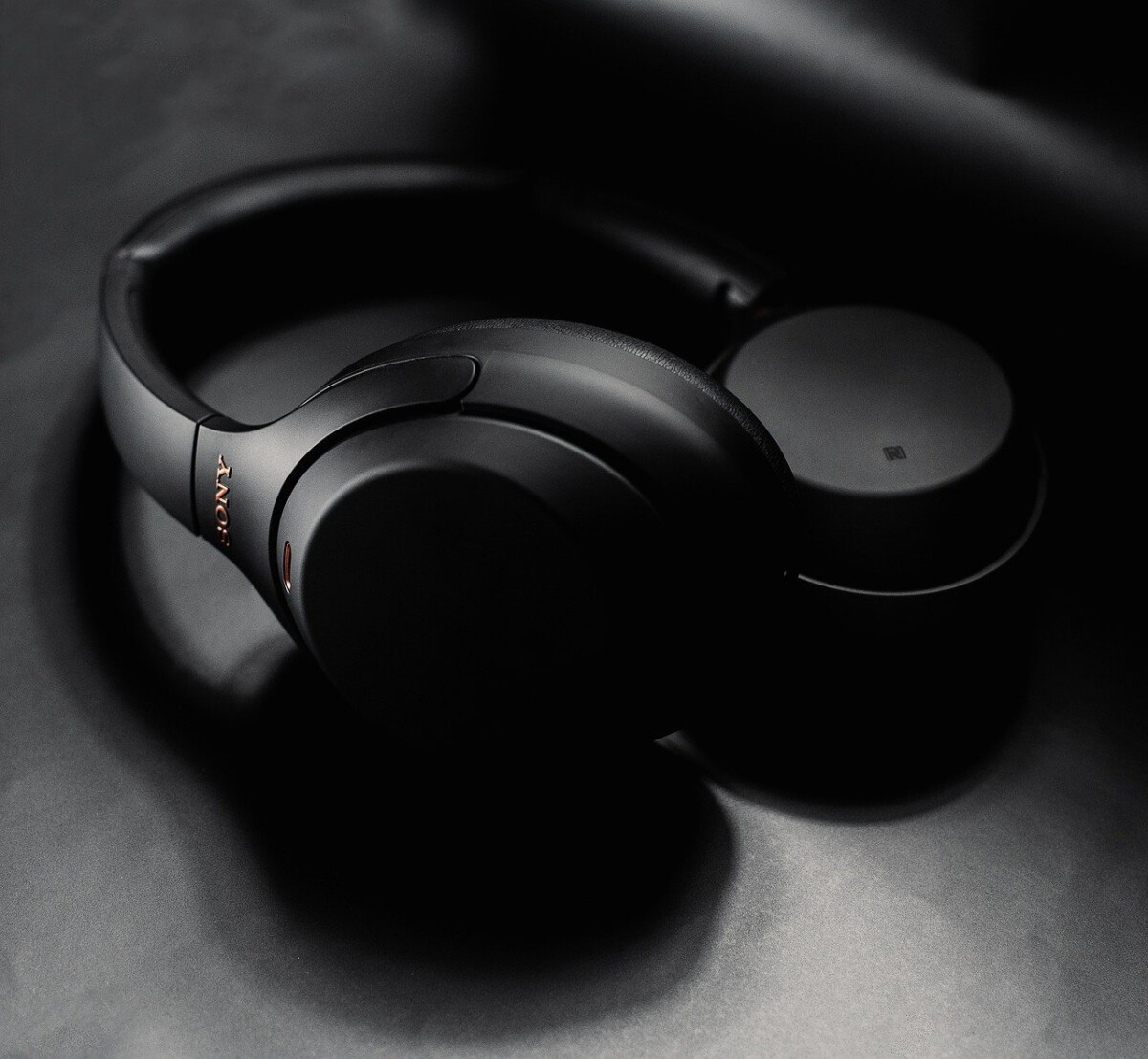Noise-Cancelling Headphones: Block Out the Chaos

Noise-cancelling headphones have become an absolute must for flights in 2025, and it’s not just about enjoying your favorite music. Studies show that cabin noise often exceeds 85 decibels, which can be as loud as city traffic and lead to increased stress and fatigue. The latest models, like the Sony WH-1000XM5, use advanced algorithms to reduce background noise by up to 90%. Travel experts argue that blocking out engine hum and crying babies can drastically improve rest and focus. According to a 2024 survey by the International Air Transport Association, 78% of frequent flyers listed noise-cancelling headphones as their top in-flight essential. Some travelers even report fewer headaches and less jet lag when they wear them. With entertainment systems varying wildly between airlines, having your own headphones ensures you’re never at the mercy of poor audio quality. Experts recommend wireless versions to avoid tangled cables and maximize comfort during long-haul flights.
Reusable Water Bottle: Stay Hydrated Above the Clouds
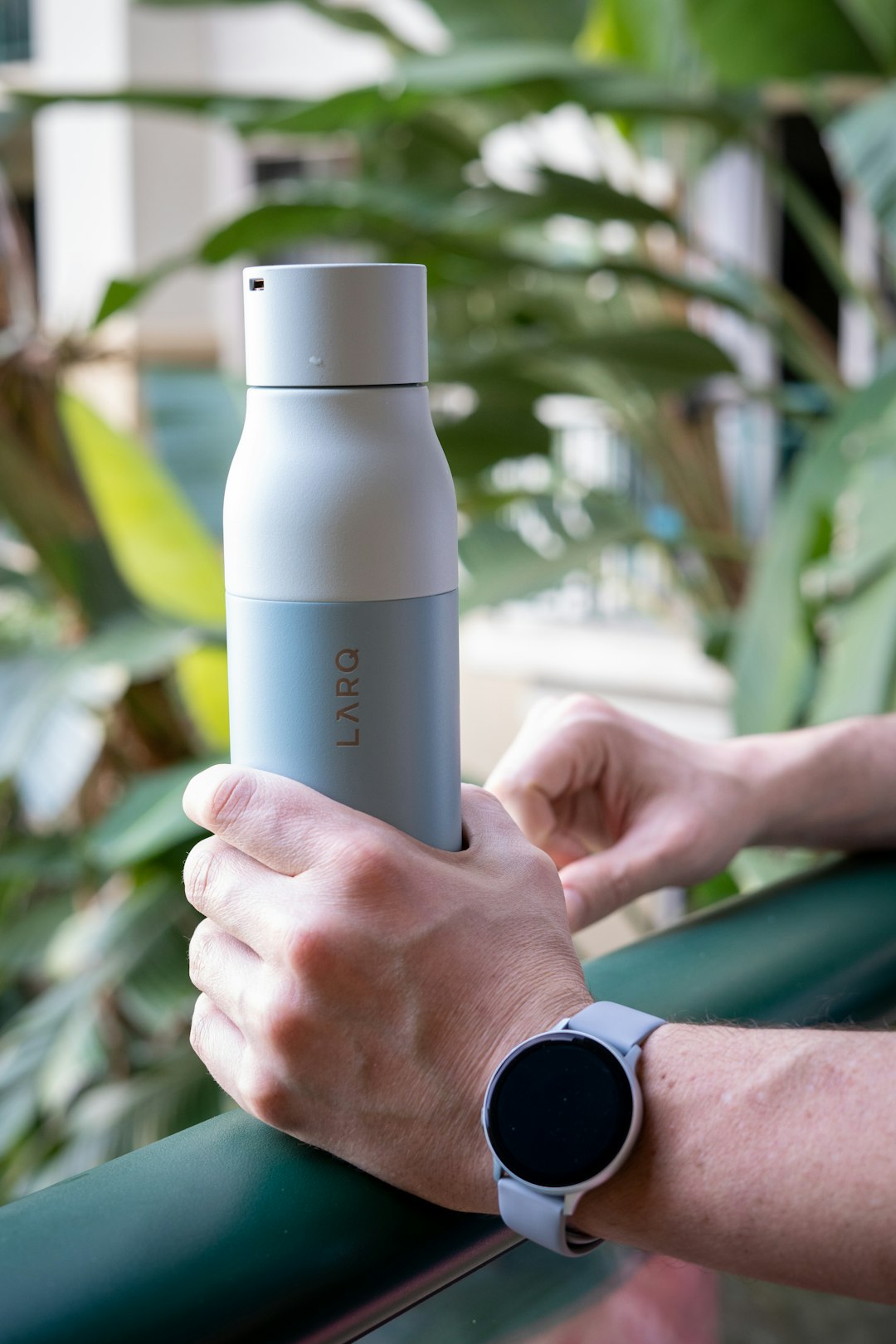
Dehydration is one of the most common issues faced by air travelers, with cabins having humidity levels as low as 10%. A 2025 study by the World Health Organization highlights that in such dry environments, passengers can lose up to 1.5 liters of water during a ten-hour flight. Travel experts urge passengers to bring a reusable water bottle, as airline-provided cups are often too small and infrequent to maintain adequate hydration. Modern bottles like the LARQ incorporate UV-C purification, ensuring safe drinking water wherever you refill. Airlines are also now more likely to refill personal bottles as part of their sustainability efforts, with 65% of carriers offering this service according to a 2024 airline industry report. Having a bottle on hand encourages you to drink more regularly, which can prevent headaches, fatigue, and even blood clots. Doctors recommend sipping water every 30 minutes while airborne to counteract the effects of dry air. The environmental impact is substantial too, as single-use plastic reduction remains a top priority for many airports and airlines.
Travel Pillow: Comfort in Every Seat
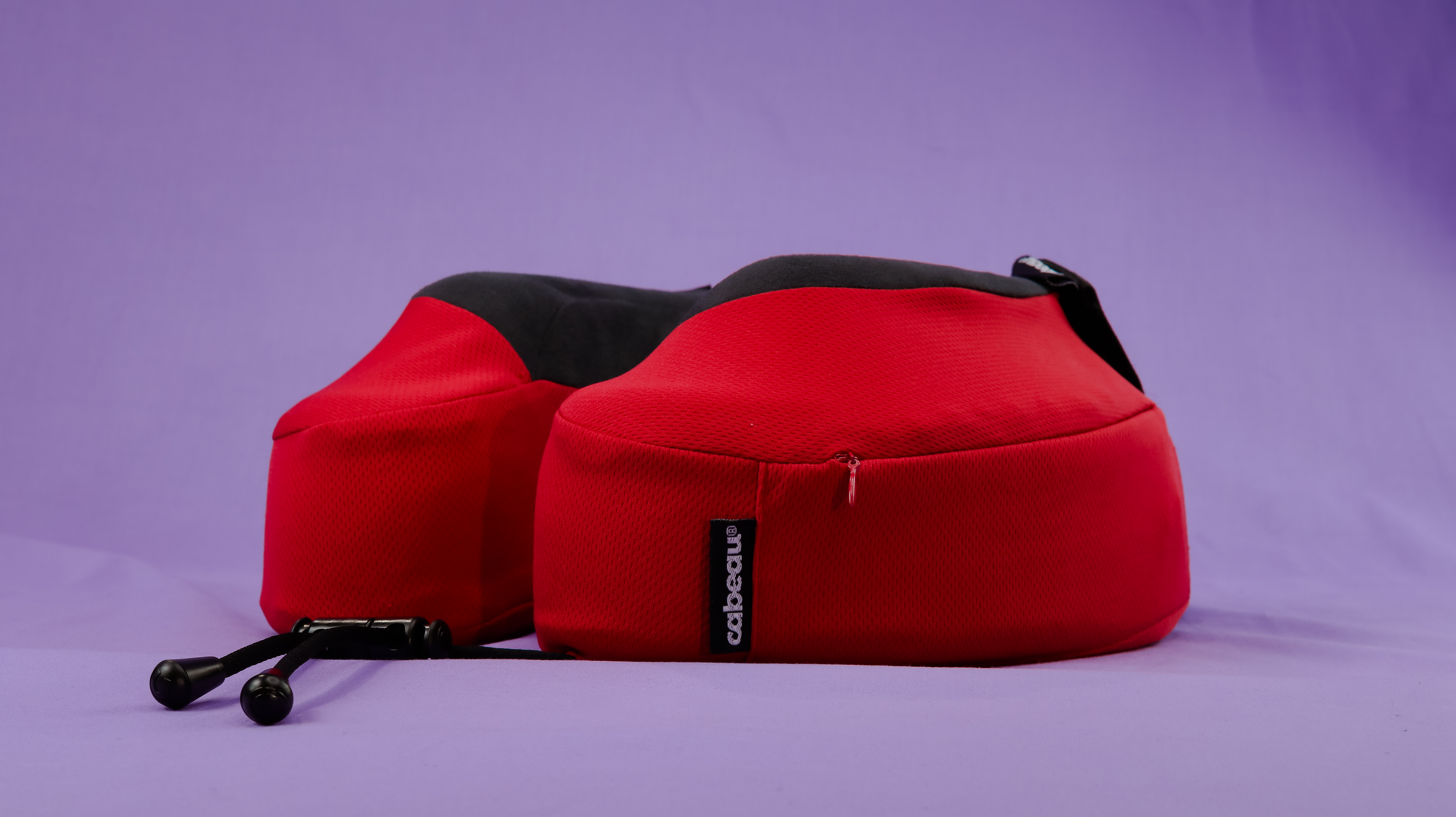
Travel pillows have evolved far beyond the basic U-shape, offering real support for neck and spine alignment during flights. Sleep specialists point out that poor posture while seated for hours can lead to back pain, neck stiffness, and even long-term issues like herniated discs. The latest memory foam and inflatable designs adapt to individual body shapes, providing targeted support that standard airline pillows can’t match. A 2025 survey by Travel + Leisure found that 64% of travelers who used ergonomic travel pillows reported better sleep quality on flights. Some models, like the Cabeau Evolution S3, have straps that attach to the seat, preventing your head from falling forward. Experts recommend choosing pillows with machine-washable covers to maintain hygiene. The benefits go beyond sleep, as a good pillow can also make reading or watching movies much more comfortable. Carrying your own pillow also means you’re protected from potential allergens or irritants found in communal airline gear.
Noise-Cancelling Headphones: A Lifesaver for Anxiety

Beyond comfort, noise-cancelling headphones provide a psychological shield for anxious flyers. According to the Anxiety and Depression Association of America, over 25% of people experience some form of flight anxiety. Masking disruptive sounds helps create a calming bubble, reducing heart rate and promoting relaxation. In 2024, psychologists began recommending these devices for nervous travelers, noting significant decreases in reported anxiety levels. The ability to listen to guided meditations or calming music without interruption is a game-changer for many. Parents traveling with children have also found that noise-cancelling headphones can soothe overstimulated kids, leading to quieter, less stressful journeys. The latest airline safety reports show a clear trend: passengers who feel less anxious are more cooperative and satisfied overall. This simple gadget has proven itself to be not just a luxury, but a tool for mental health at 35,000 feet.
Reusable Water Bottle: Eco-Friendly and Cost-Saving
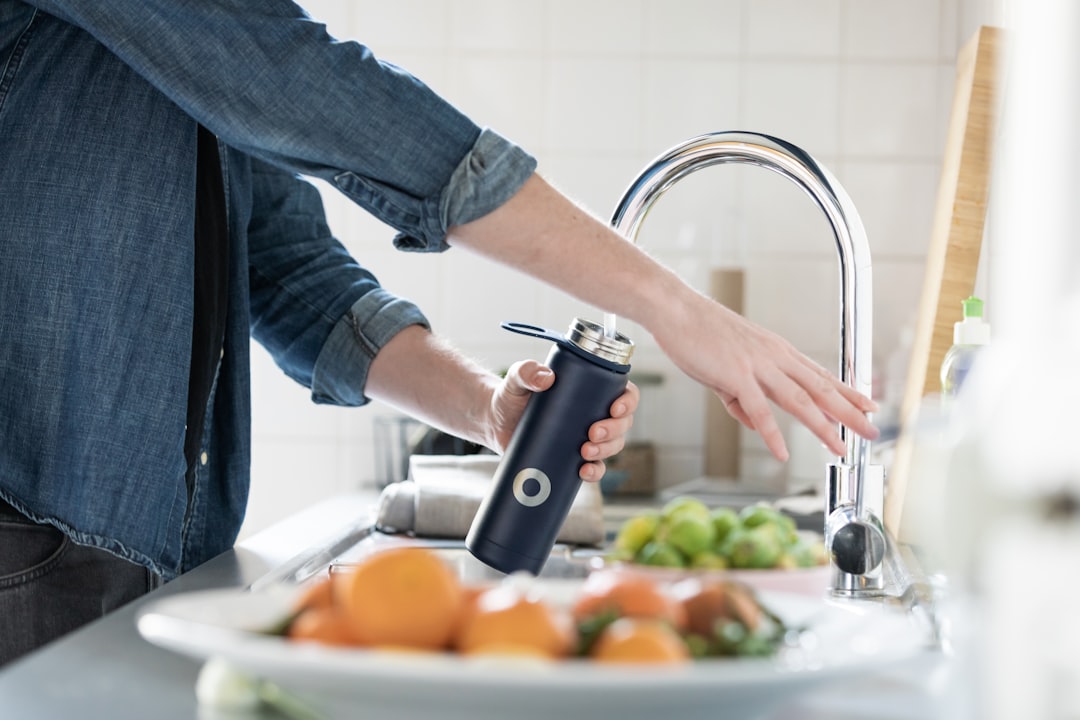
Bringing your own bottle isn’t just about hydration; it’s a powerful step toward eco-friendly travel. The International Air Transport Association reported in late 2024 that airlines discard over 1.5 billion plastic cups every year. Switching to reusable bottles can make a real difference, with one frequent flyer alone saving up to 30 single-use plastics per year. Airports worldwide have responded by installing more water filling stations, with over 85% of major hubs in North America offering this amenity as of March 2025. Experts also point out the cost savings, as bottled water in airports can exceed $5 per bottle. Travelers with reusable bottles have the flexibility to stay hydrated for free throughout their journey. Hygiene is improved as well, since you control how your bottle is cleaned and handled. As climate change and plastic pollution remain urgent global issues, this simple item becomes a statement of personal responsibility.
Travel Pillow: Essential for Posture and Health
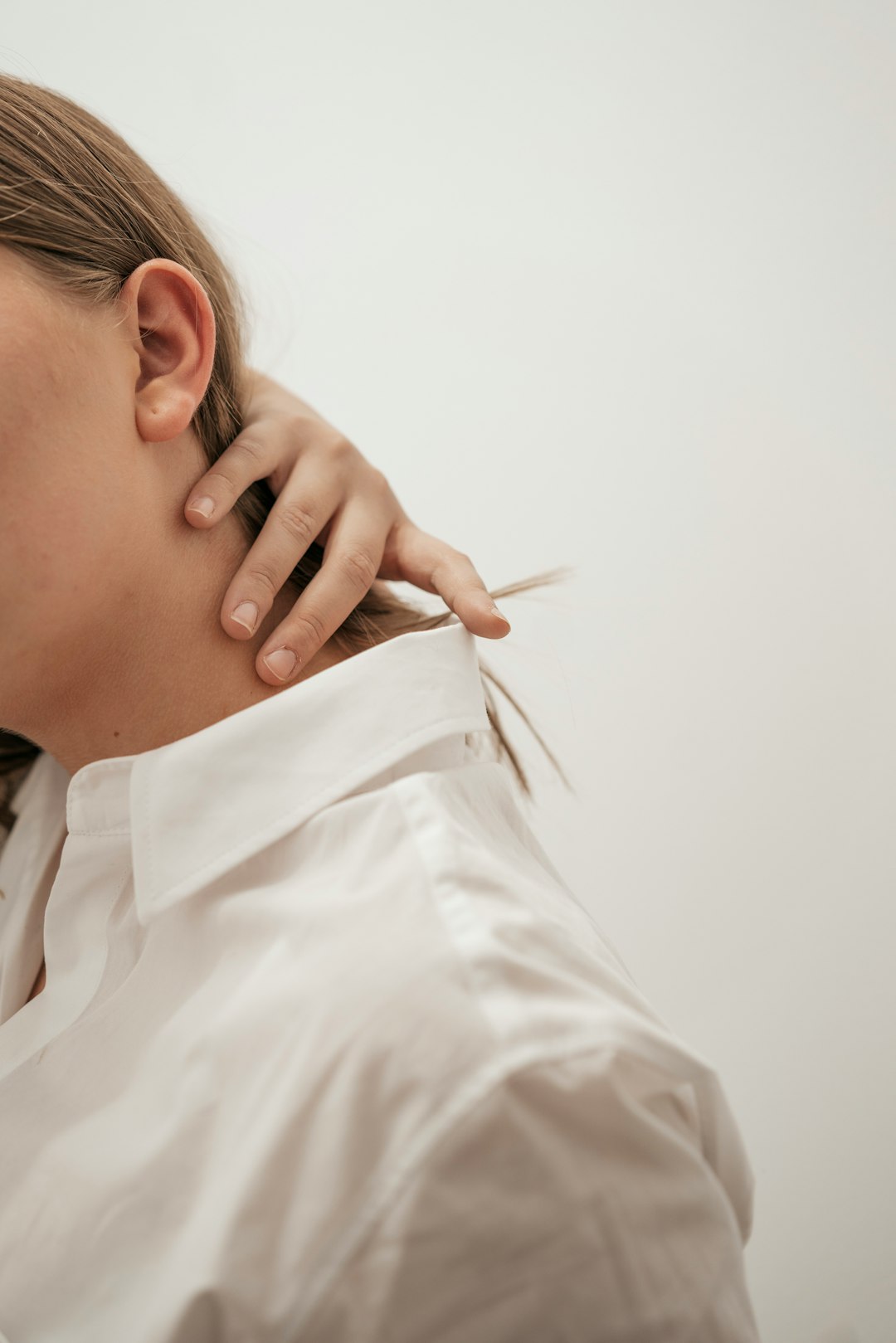
Long-haul flights are notorious for causing aches and pains, with cramped seats making it hard to maintain healthy posture. Research from the Sleep Foundation in early 2025 shows that using an ergonomic travel pillow can reduce neck pain by up to 60%. Orthopedic doctors now frequently recommend these pillows to frequent travelers, noting improvements in both sleep quality and spinal health. With air travel on the rise, more people are flying longer distances, making comfort even more critical. The latest designs offer adjustable firmness and removable covers, catering to a variety of preferences and medical needs. Some pillows now include built-in cooling gel, which helps regulate temperature and prevent overheating during sleep. For those in economy class, where reclining is limited, a supportive pillow can be the difference between arriving refreshed or completely drained. Health experts stress that supporting your head and neck isn’t just a luxury—it’s a smart way to protect yourself on every journey.
Noise-Cancelling Headphones: Boosting Productivity in the Air
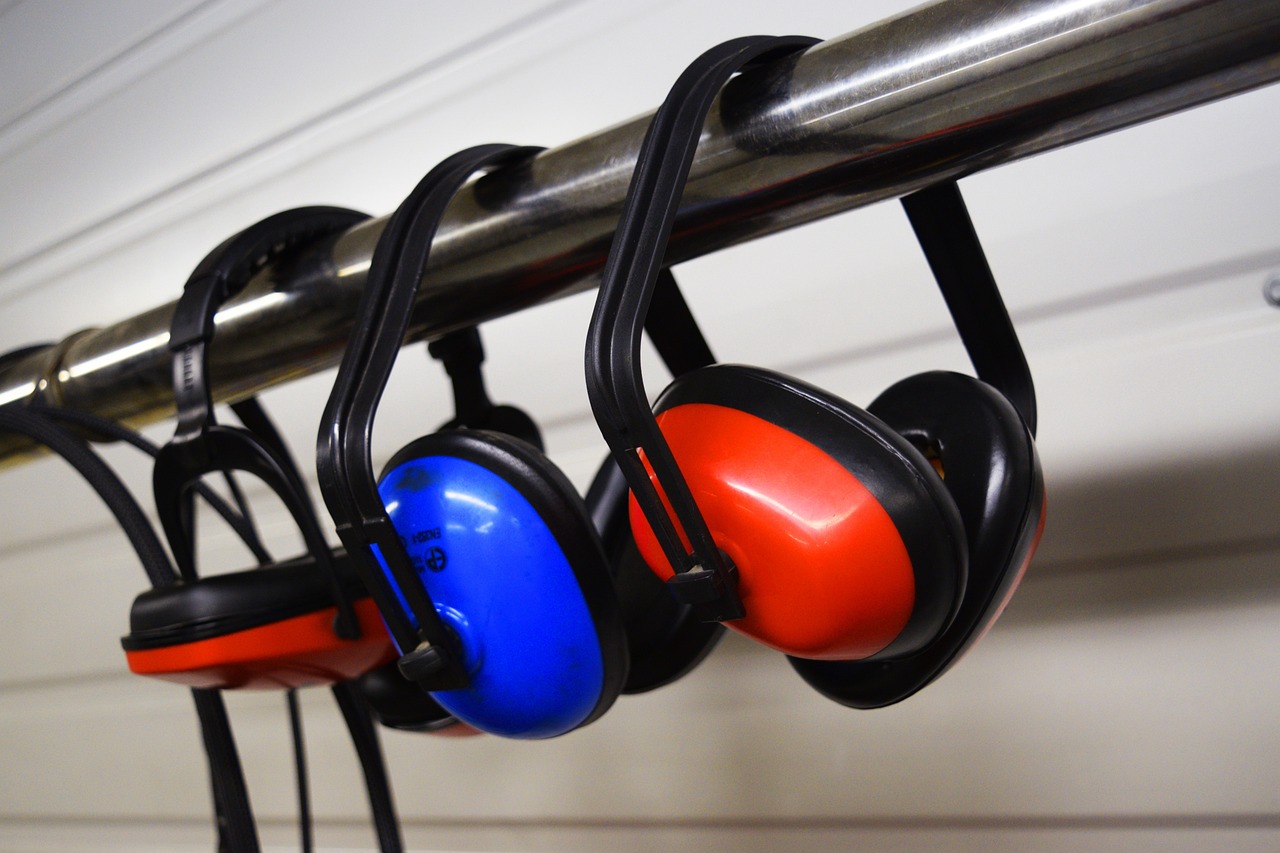
Many business travelers swear by noise-cancelling headphones to transform a noisy plane into a productive workspace. Remote work has surged since 2023, and 2025 data from Global Workplace Analytics shows that 42% of professionals work while flying. Blocking out distractions allows passengers to focus on emails, reports, and even video conferences during flight. Some headphones now feature built-in microphones optimized for calls, making it easier to stay connected with colleagues. Studies indicate a 30% increase in concentration and task completion when using these headphones versus standard earbuds. Flight attendants have noted that passengers with such devices are less likely to complain about disruptive neighbors, leading to a more peaceful cabin environment. For students and academics, noise-cancelling headphones have become indispensable for studying on the go. The investment pays off, as arriving at your destination with work completed frees up valuable time on the ground.
Reusable Water Bottle: Adaptable for Any Beverage
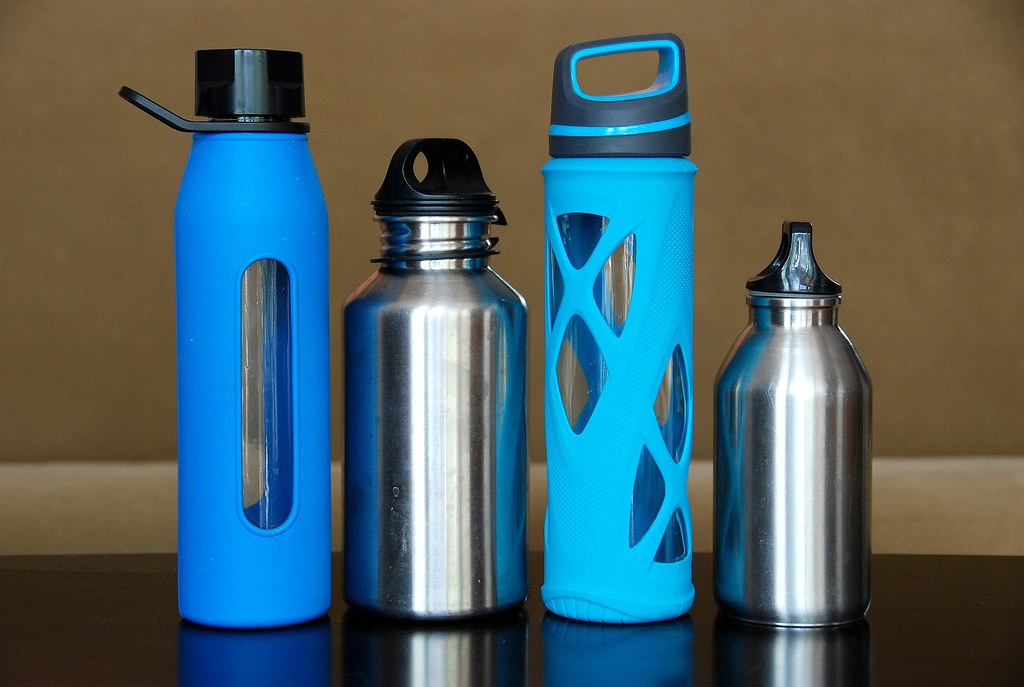
One of the biggest conveniences of a reusable water bottle is its versatility. Not only can you fill it with water, but it’s also perfect for tea, juice, or electrolyte drinks provided by flight attendants. According to the 2024 Beverage Service Report, 39% of airlines now offer a wider range of healthy drink options, encouraging passengers to stay hydrated with more than just water. Insulated bottles can keep beverages hot or cold for up to 12 hours, making them ideal for long flights across multiple time zones. Parents often use them to keep milk warm for infants, while athletes rely on them for energy drinks to stay refreshed. Security-friendly designs with leak-proof lids prevent messes in your carry-on or under-seat bag. As food and beverage services continue to change due to health and safety protocols, having a bottle means you’re always prepared. It’s a small item that adapts to every traveler’s unique needs.
Travel Pillow: Compact and Travel-Friendly
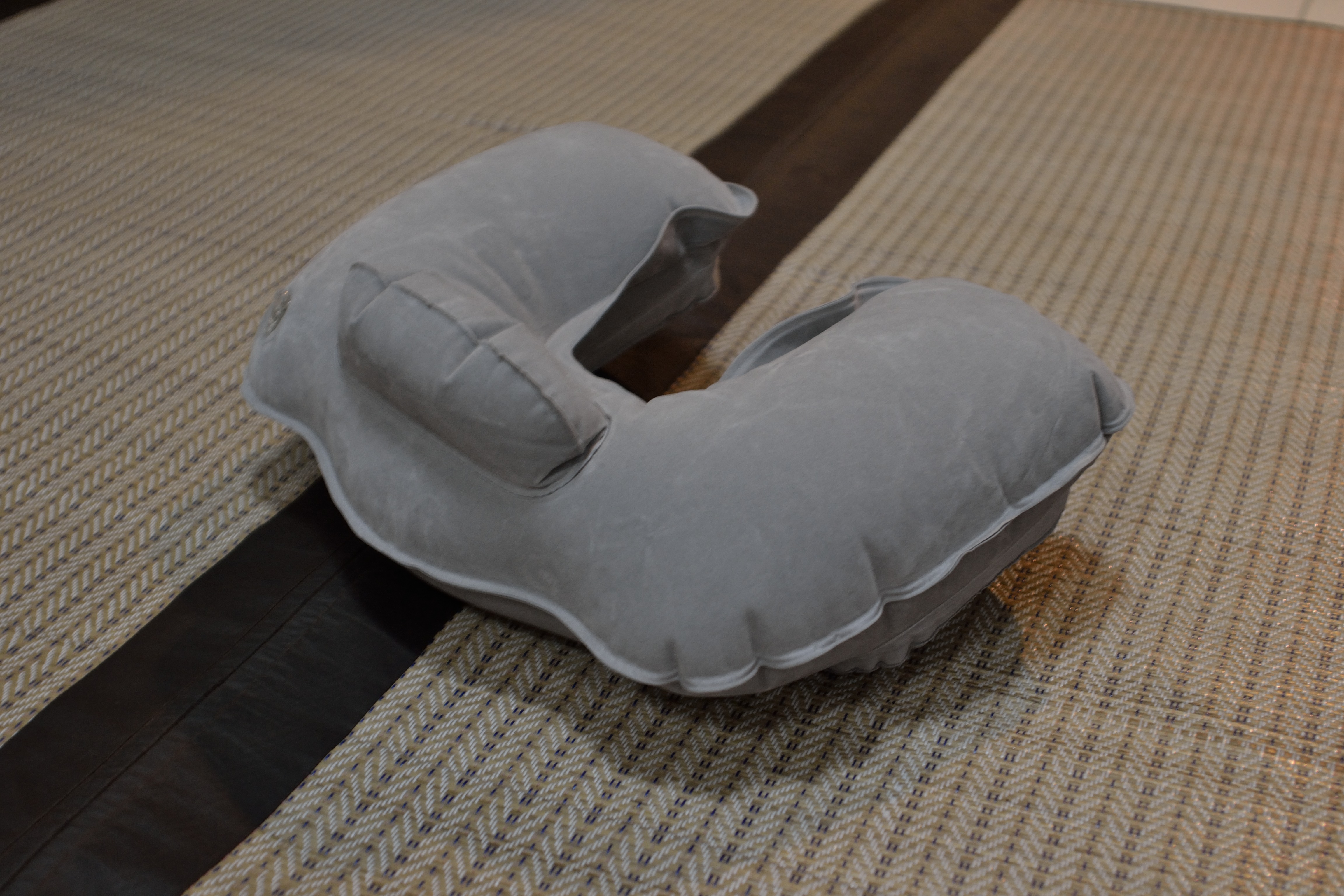
Older travel pillows were often bulky and hard to pack, but today’s designs are lightweight and highly portable. In 2025, manufacturers have introduced travel pillows that compress to a third of their size, making them easy to pack in any carry-on. A survey by the Travel Goods Association found that 74% of travelers consider packability a top feature for in-flight comfort items. Some models even come with built-in pouches or clips for easy attachment to luggage. Inflatable varieties allow you to adjust firmness and deflate them in seconds after landing. The materials used are now more eco-friendly, with many brands opting for recycled fabrics and hypoallergenic fills. This adaptability means you can always prioritize comfort without sacrificing space. For those who pack light, a compact pillow is the perfect solution for staying comfortable, wherever you’re seated.
Noise-Cancelling Headphones: Protecting Your Hearing
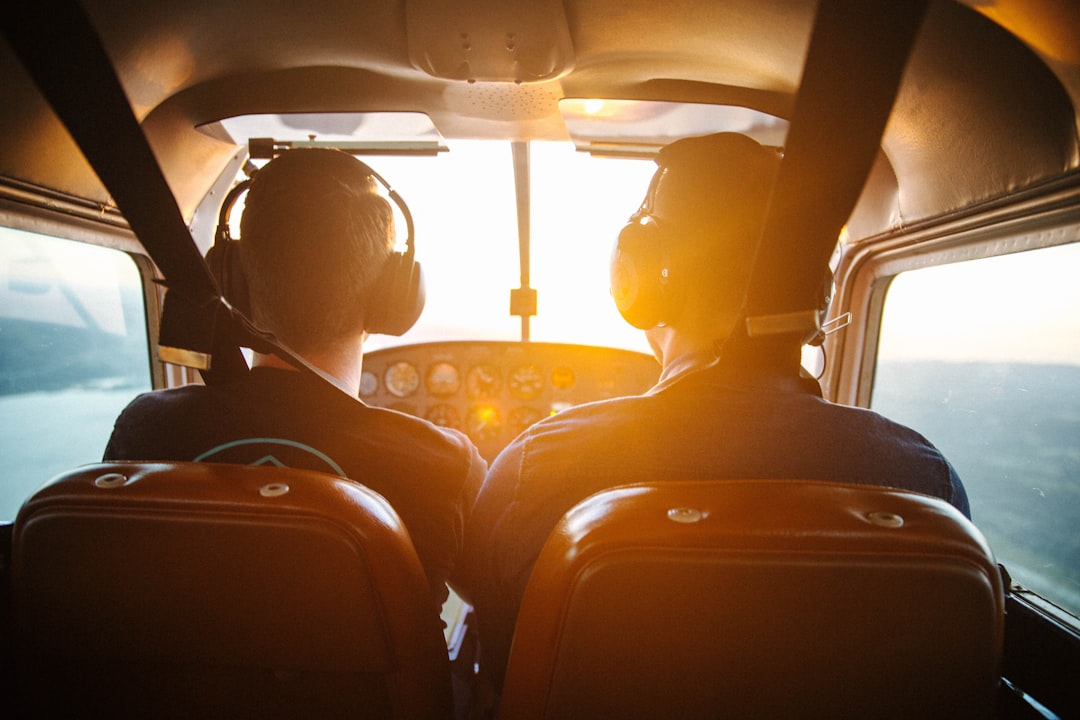
Prolonged exposure to loud cabin noise can have long-term effects on your hearing health, especially for frequent flyers. The Centers for Disease Control and Prevention has warned that regular exposure to sounds over 70 decibels can contribute to gradual hearing loss. In 2024, studies found that pilots and flight attendants had higher rates of hearing-related complaints compared to the general population. Using noise-cancelling headphones can significantly reduce exposure to harmful sound levels, acting as a personal safeguard. Audiologists in 2025 now recommend travelers use headphones not only for comfort but also as a protective measure. Parents are encouraged to provide children with volume-limiting headphones to prevent accidental damage from loud onboard announcements or entertainment systems. By taking this simple step, travelers can help preserve their hearing for years to come. The cumulative benefit is especially important for those who fly often or on long-haul routes.
Reusable Water Bottle: Easy to Clean and Maintain
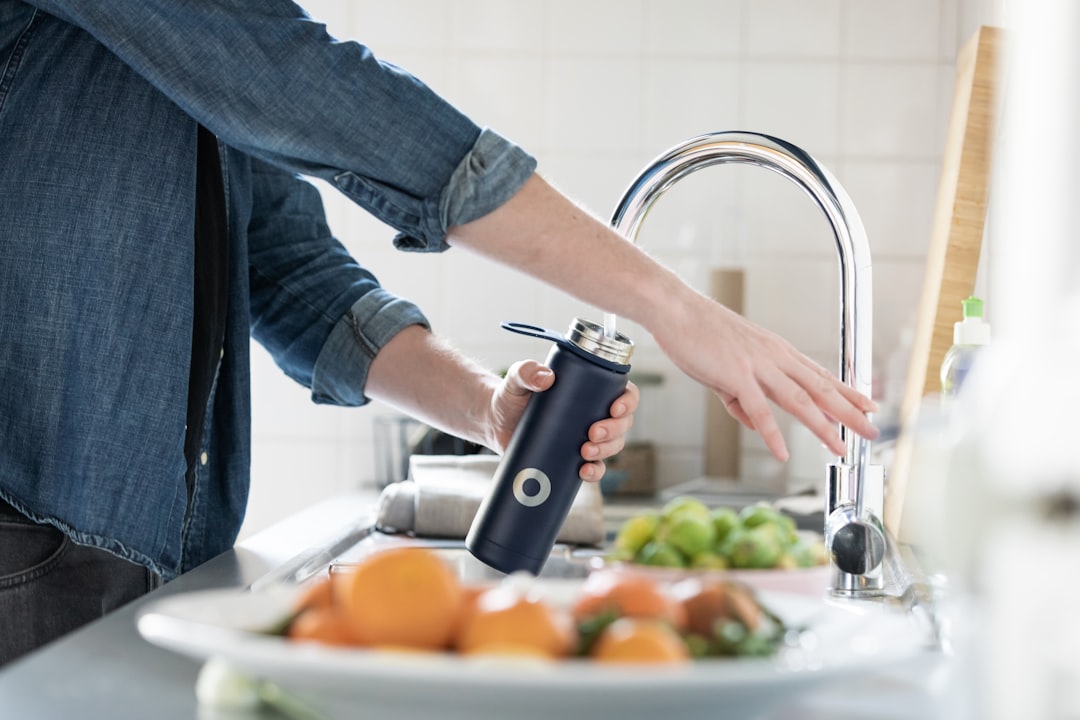
Hygiene remains a major concern for travelers in the post-pandemic era, with lasting habits around cleanliness and personal space. Modern reusable bottles are designed for easy cleaning, with wide mouths and dishwasher-safe materials becoming the standard in 2025. Health experts emphasize the importance of washing your bottle regularly to prevent the buildup of bacteria and mold. Some brands now offer self-cleaning options that use UV-C light to sanitize the interior in just 60 seconds. This innovation gives peace of mind to travelers who fill their bottles at various locations along their journey. Airlines and airports have also begun providing guidance on safe water refilling to further boost passenger confidence. Carrying your own bottle eliminates worries about shared cups or poorly washed airline glassware. Overall, this item helps maintain personal hygiene standards from departure to arrival.
Travel Pillow: An Aid for All Ages
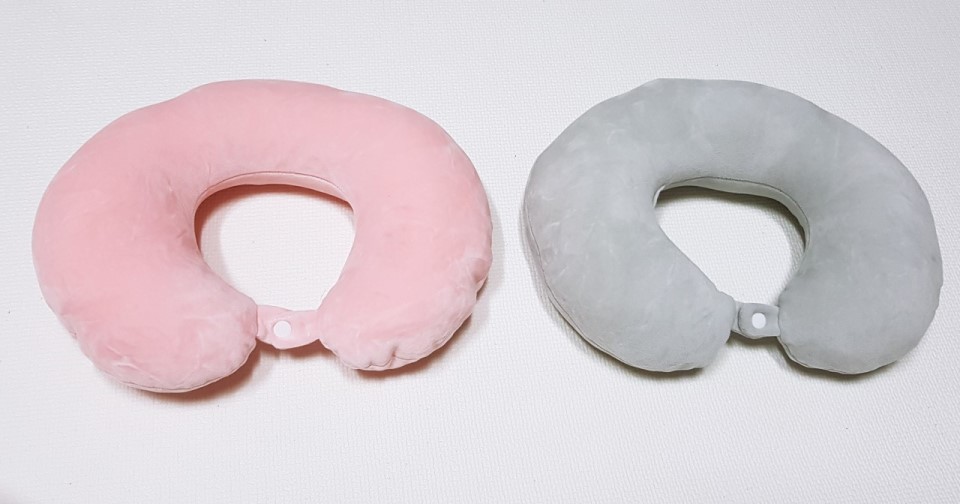
Travel pillows aren’t just for adults—kids and elderly passengers benefit just as much. Pediatricians report fewer complaints of neck pain and better sleep among children who use supportive pillows on flights. Older travelers, who are more susceptible to joint stiffness and discomfort, find that these pillows make long journeys much more manageable. Airlines are increasingly offering child-size pillows, but bringing your own ensures a perfect fit and familiar comfort. The latest 2025 designs include features like adjustable straps and soft, hypoallergenic fabrics, making them suitable for sensitive skin. Pillows with fun patterns and colors can also make travel more exciting for young passengers. For families, having a pillow for each member can turn even a budget flight into a more restful experience. This small investment pays off in less crankiness and more energy upon arrival.
Noise-Cancelling Headphones: A Universal Solution
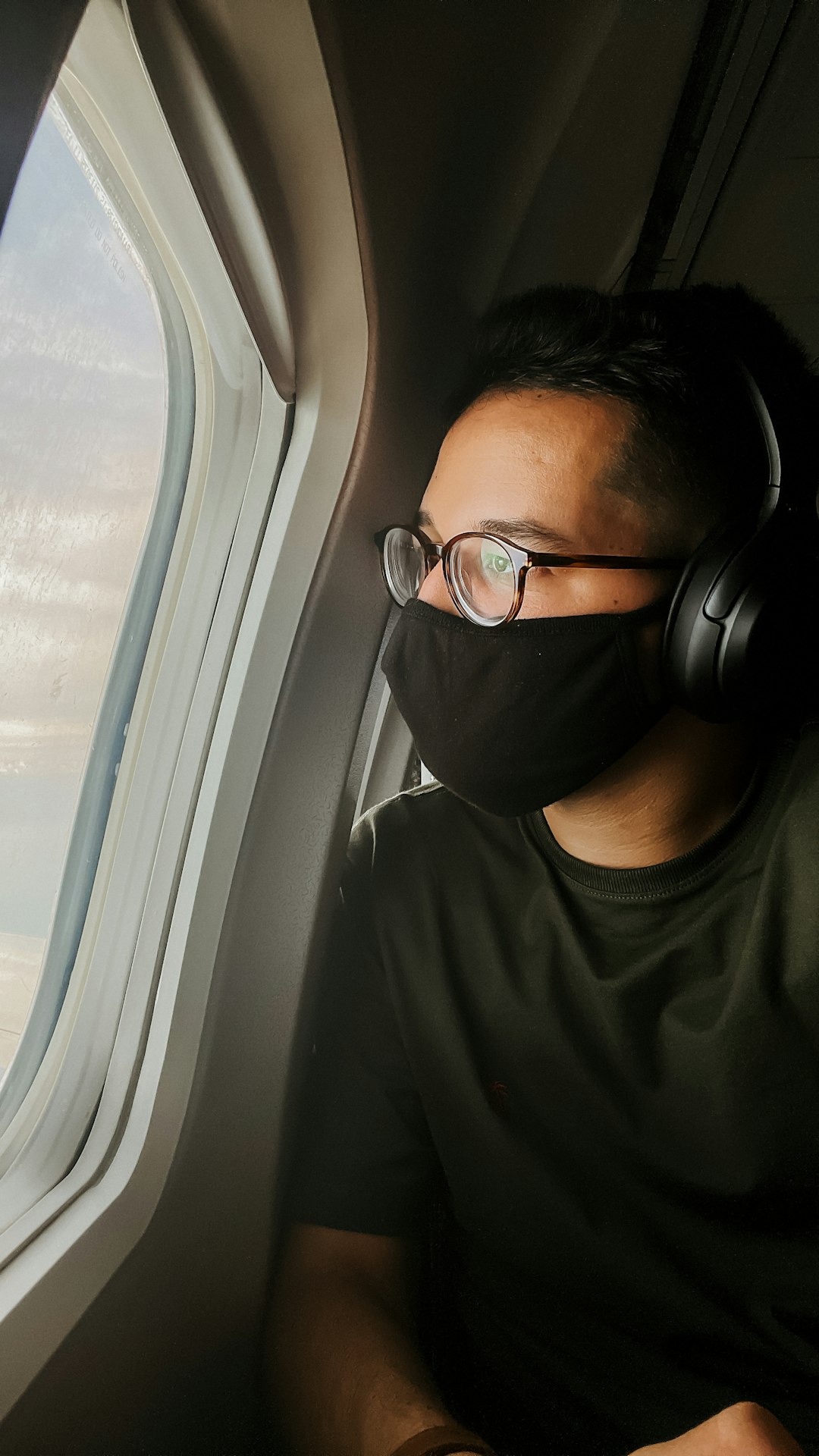
Noise-cancelling headphones have become the great equalizer in air travel, suitable for everyone from first-time flyers to seasoned business travelers. In 2025, the range of price points and styles means there’s an option for every budget and preference. Airlines have begun partnering with headphone brands to offer discounts or rentals, underscoring the item’s rising importance. Those with sensory sensitivities or attention disorders benefit even more, as reducing background noise can make flights less overwhelming. The universal appeal of these headphones has made them a staple in travel gift guides and must-have lists. With the rise of immersive in-flight entertainment, quality headphones ensure you experience movies and music as intended. The result is a more enjoyable, private, and customizable flight experience. In a world where personal space is limited, noise-cancelling headphones give travelers a sense of control and calm.

